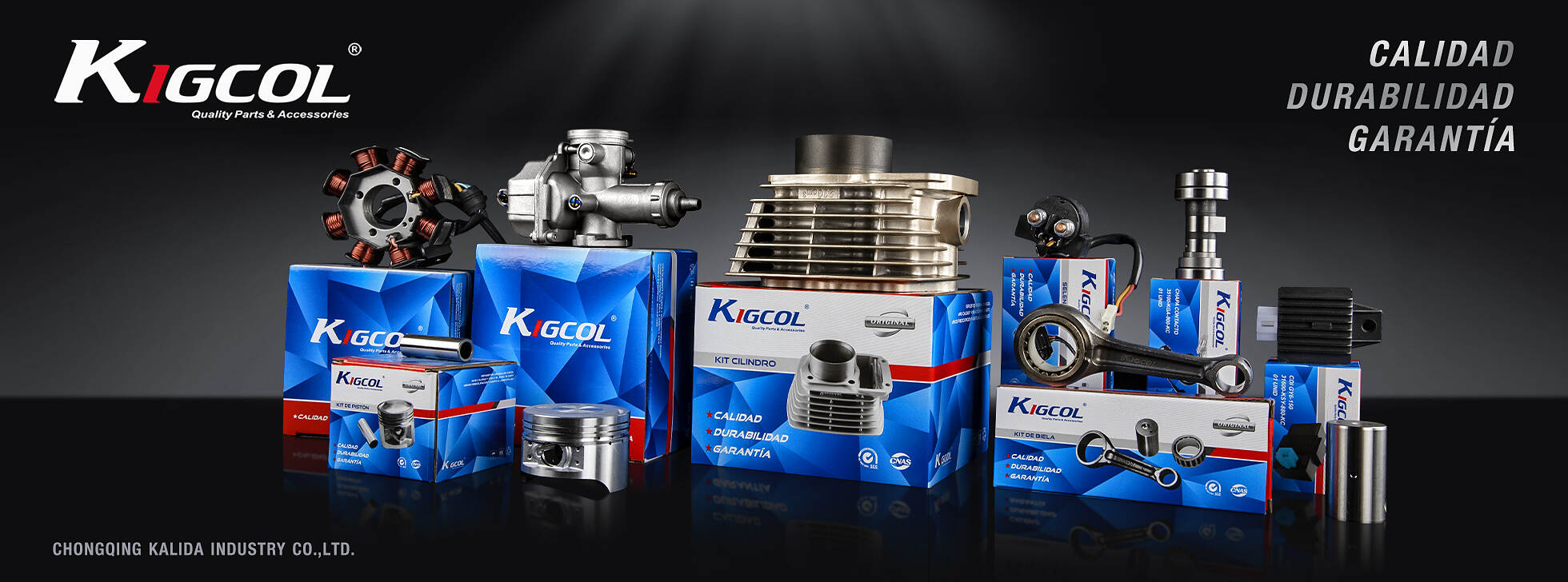What Are The Essential Cargo Tricycle Parts?
October 19,2023

1. Frame:
The frame of a cargo tricycle serves as its structural foundation. It's typically made of sturdy materials like steel or aluminum to withstand heavy loads. The frame is designed to accommodate different cargo box configurations, ensuring versatility in transporting various goods.
2. Cargo Box:
The cargo box is the most prominent feature of a cargo tricycle. It's usually positioned at the rear, with variations in size and shape to cater to different cargo types. Some cargo boxes are enclosed to protect goods from the elements and theft, while others are open for easy access. The cargo box may also include shelves, hooks, or tie-down points to secure the load.
3. Wheels and Tires:
Cargo tricycles typically have three wheels, which provide stability and load-bearing capacity. The choice of tires depends on the terrain and intended use. Pneumatic tires offer a smoother ride, while solid rubber tires require less maintenance and are puncture-resistant.
4. Handlebars and Steering System:
Cargo tricycles are steered using handlebars, much like a traditional bicycle. The steering system includes a fork and a mechanism that allows the rider to control the direction of the front wheel. Some cargo tricycles have a delta configuration, with two front wheels, which enhances stability.
5. Braking System:
Cargo tricycles are equipped with reliable braking systems to ensure safety during stops and when navigating steep slopes. Common brake types include mechanical, hydraulic, and regenerative brakes. The braking system is essential to handle the increased weight of cargo.
6. Drivetrain:
The drivetrain consists of the components that transfer power from the rider to the wheels. Cargo tricycles usually employ a chain or belt drive system, with gearing options to adapt to various terrains and load sizes. Some cargo tricycles may even have electric assist systems to make pedaling easier, especially when carrying heavy loads.
7. Pedals and Cranks:
These are the parts that the rider uses to generate power to propel the cargo tricycle. The pedal and crank assembly is connected to the drivetrain and varies in design and materials for rider comfort and efficiency.
8. Saddle and Seatpost:
Cargo tricycles come with a saddle or seat for the rider's comfort. The seatpost allows for height adjustment to accommodate riders of different sizes.
9. Front and Rear Lights:
Safety is paramount, so cargo tricycles are often equipped with front and rear lights. These lights improve visibility, making the tricycle safer to ride, especially in low-light conditions or at night.
10. Fenders and Mudguards:
To keep both the cargo and rider clean, cargo tricycles are often fitted with fenders and mudguards. These components protect against splashes and debris, maintaining a clean and safe ride.
11. Reflectors and Bells:
Reflectors and bells enhance visibility and communication on the road. Reflectors improve the tricycle's visibility to other road users, while a bell is a handy tool to alert pedestrians and motorists.
12. Accessories:
Cargo tricycles may come with additional accessories like cargo straps, baskets, or locks to improve cargo security and convenience.